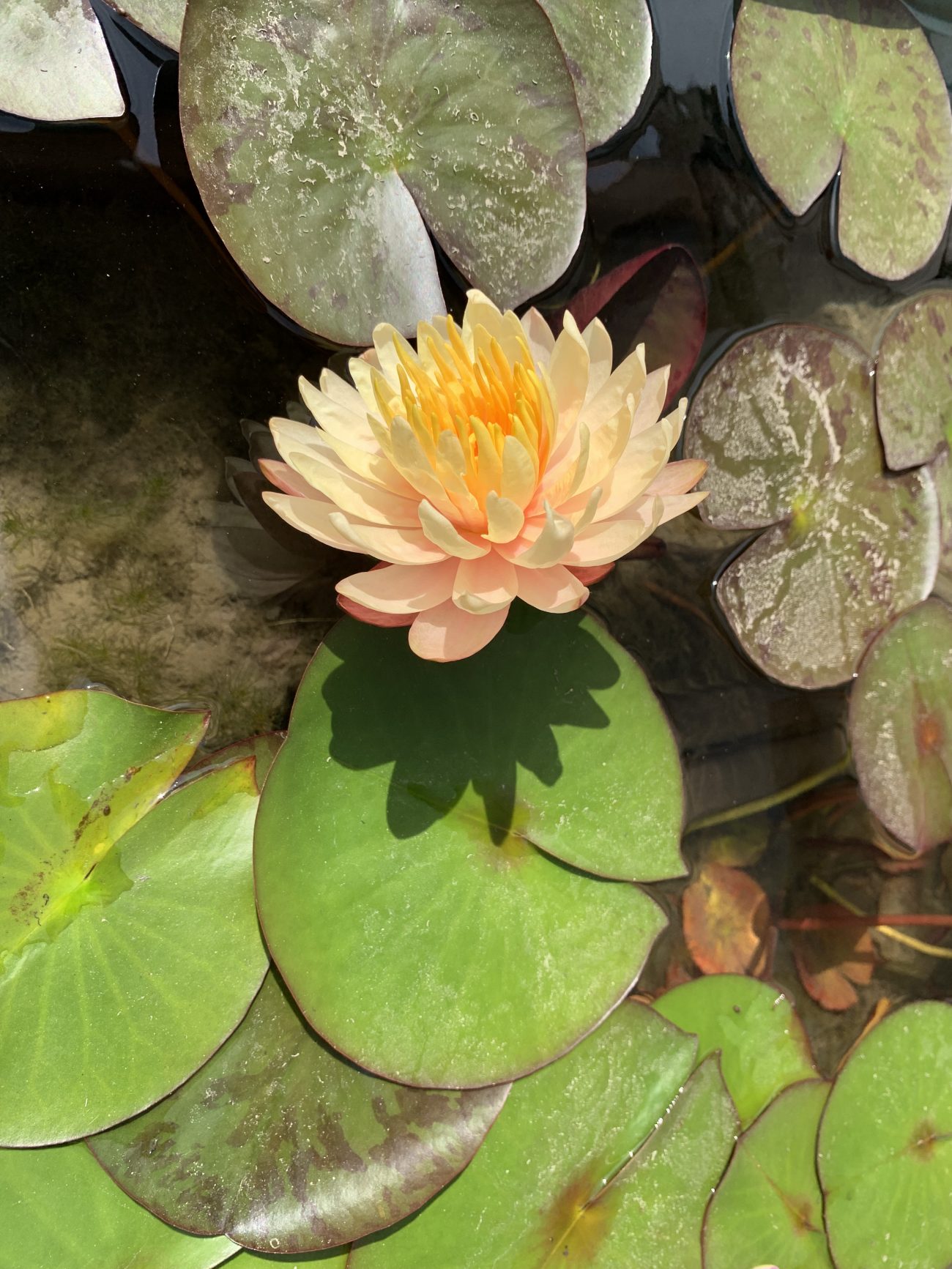We think reading material is an important part of planning any trip, and this is especially true when you have a 15-hour flight to Japan. We wanted a Japanese author and bypassed contemporary writers like Haruki Murakami and Kenzaburo Oe to select Kusamakura by Nasume Soseki.
In the introduction, Soseki is quoted as saying about this 1906 haiku-style novel, “All that matters is that a certain feeling, a feeling of beauty, remain with the reader. I have no other objective.” What could be better for a trip to Japan. We followed a nameless young artist on his walking trip across the mountains to a hot spring inn where he observes everything, humans included, with a detached aesthetic eye.
Our trip is taking us to Kyoto for eight nights and then to the mountain hot springs in Central Honshu and Kansai, where we will walk the Kiso Road, stay in a Buddhist temple on Mt. Koya and explore the Kumano Kodo pilgrimage route. Along the way, we’ll find beauty in every part of life—from the glorious temples and gardens to the colors and arrangement of each meal, the pottery, paper and fine art, and in the simplest flowers outside a home.
But as our shuttle made the 90-minute drive from Kansai Airport, we experienced an anti-climactic arrival. Though we waited for some magical shrines or landscapes to appear, the drive was anything but scenic, and even as we turned into Kyoto and made our way along Higashioji-dori, a major thoroughfare, it looked much like any of the concrete cities we knew at home.
Fortunately, it gets better – much better. As soon as we pulled into the back streets of Gion and made our way to the machiya where we will spend a week, we were feeling a little more like Soseke’s protagonist.

Gion as a Home Base
Kyoto is old Japan, with endless temples, shrines and gardens, and holds many hidden treasures that an eight-day stay gives you a chance to find. We chose to stay in Gion, Kyoto’s entertainment and geisha district, located in Southern Higashiyama. It was a great decision. In Gion you get a walk back in time with a daily dose on kimonos and even a chance to see a geisha hurrying along the street. And it’s centrally located so it’s an easy walk to several major sights as well as to downtown Kyoto.

We stayed in a quiet little machiya, the Indigo House Gion, which was built in the early 1900s and served as a traditional teahouse (ochiya) where geisha entertained elite clientele. The owners transformed it in 2015 and now have four properties, two clustered with the Indigo House.
Upon booking, the owner turns things over to Junko and Saki, who speak very good English and serve as your personal concierge to answer any questions and take care of reservations. They even called ahead to confirm our later bookings outside of Kyoto. They leave an iPhone for guests to use, so you have access to a GPS, a way to call them for help (we did) and tap recommended restaurants and other resources they’ve loaded on it.
It’s the best of both worlds: Japanese style lodging with tatami mats, futon and an inside garden/atrium, but equipped with a modern bathroom (soaking tub, shower and automated toilet), small kitchen and washer/dryer. Plus, it’s just steps away from everything we needed, from a market, ATM and coffee houses to buses and trains. And since it’s right next to Kennin-ji Zen Buddhist temple, each morning at 4 am we were greeted with the soft sound of a gong, like a gentle reminder of where we were.
Gion is a wonderful area to explore. Though some of the bigger streets are crowded in the middle of the day, they calm down in early morning and evenings. And the real fun is exploring all the alleys and side streets like Ishibei-koji and Sannen-zaka. Shops, restaurants and coffee houses abound, and with kimono rentals booming in Gion, it’s tough to go a block without seeing a couple or group of young women dressed in kimonos, enjoying a walk, getting their photos taken or taking a selfie.
Up Next: Exploring Kyoto’s Top Sights— Kiyomizu-Dera Temple, Chion-in, Fushimi Inari-Taisha, Arashiyama’s Bamboo Grove and Tenryu-ji Temple, and Northwest Kyoto’s Golden Pavilion and Ryoan-Ji.
— Two Down Dogs










